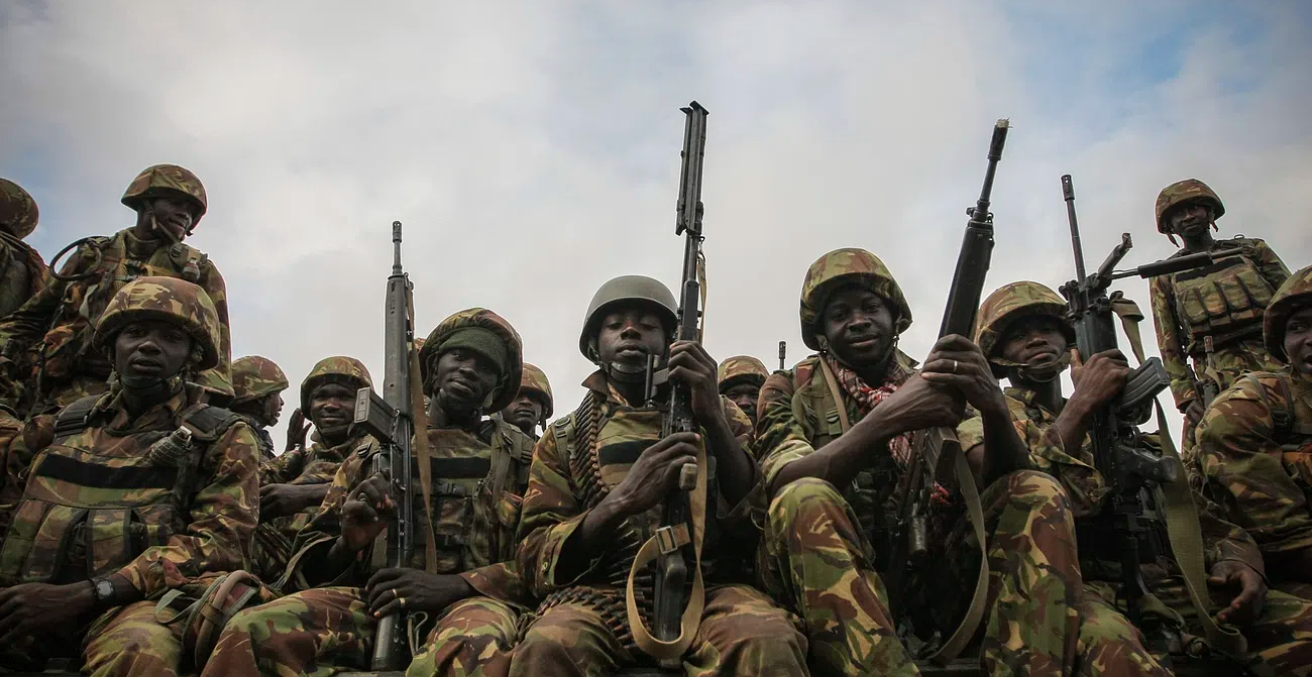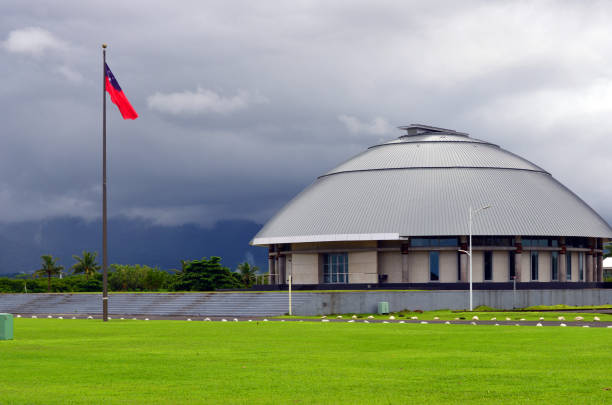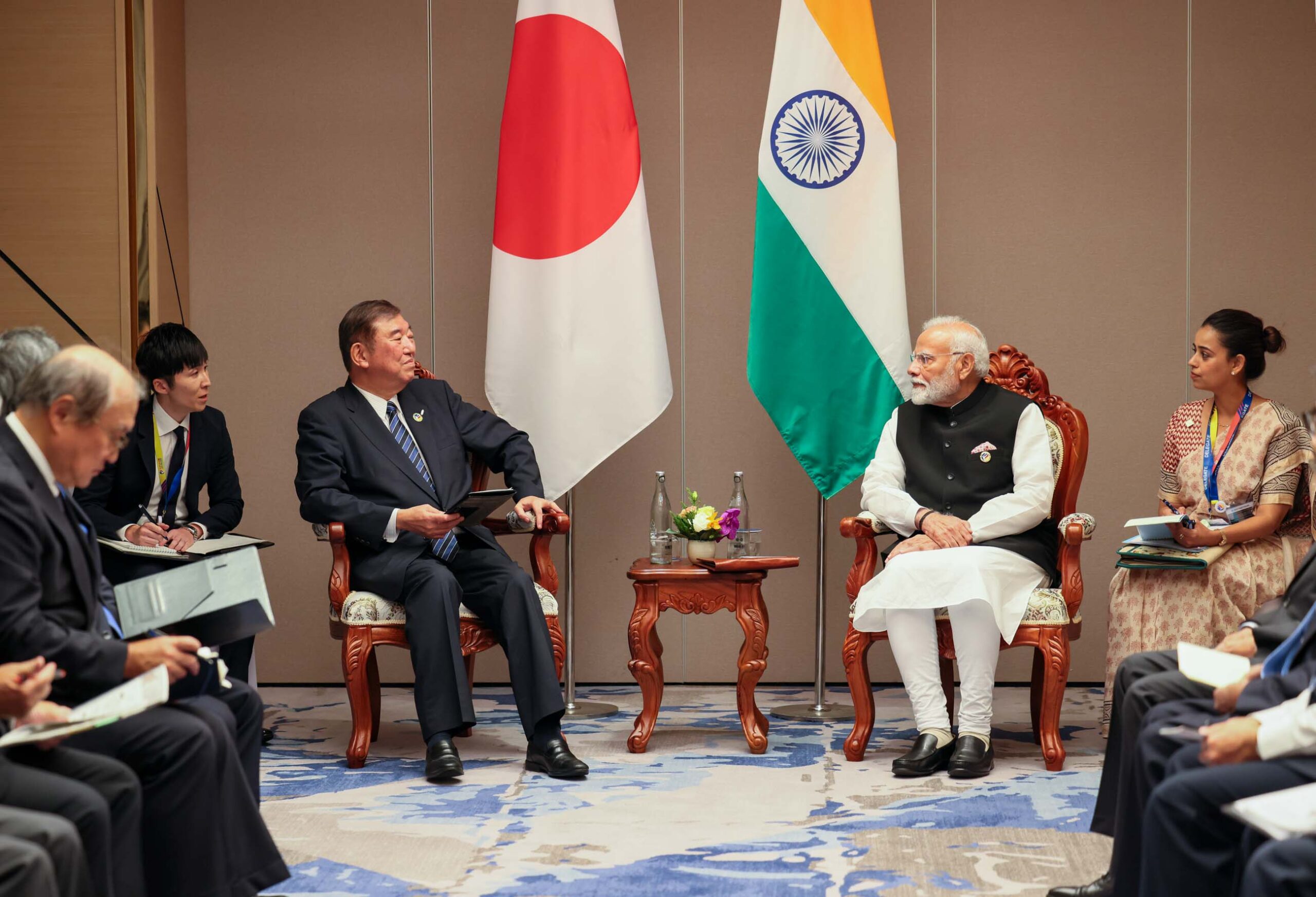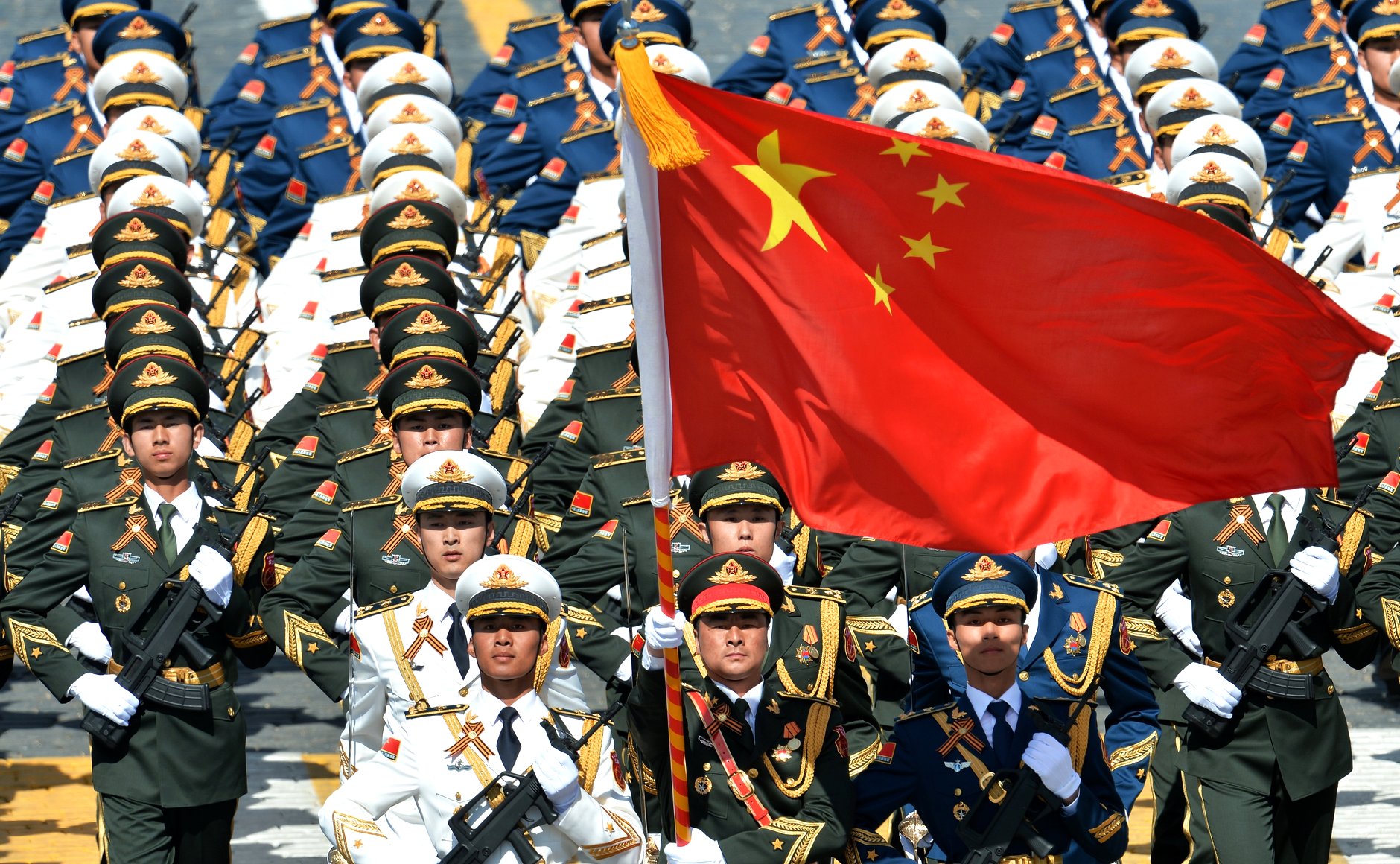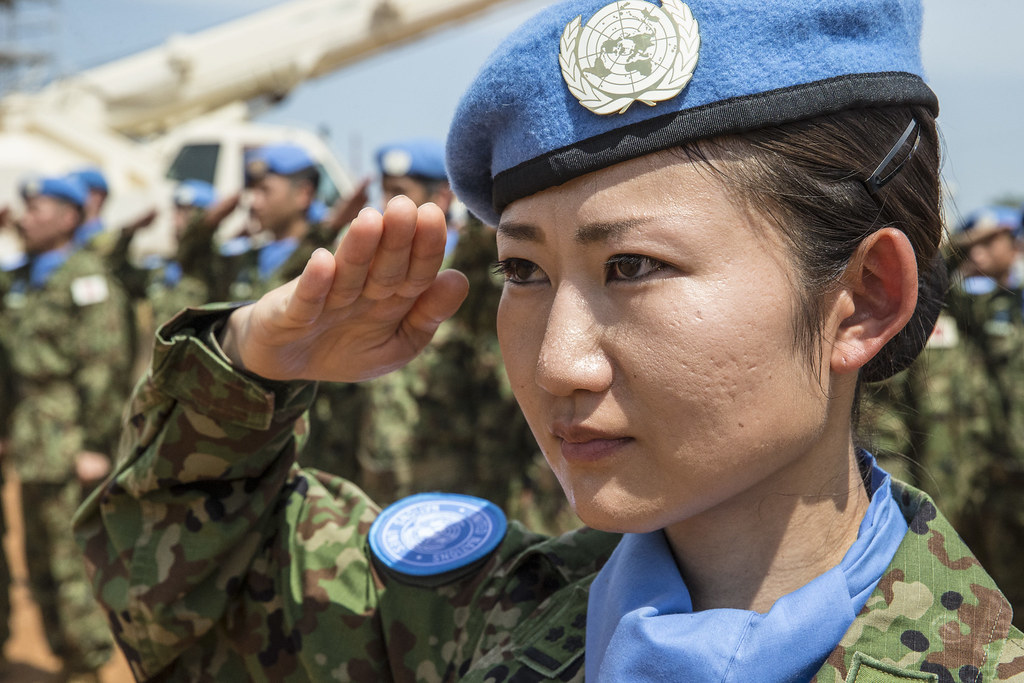Since April 2023, the Sudanese civil war has claimed over 150,000 lives and displaced 12 million people. Once seen as a limited regional phenomenon, this civil war has now taken a new and growing international dimension.
In early May, a drone attack targeted Port Sudan, Sudan’s main economic link handling 80 percent of its external trade and lifeline for humanitarian aid. The attacks burnt fuel storage facilities and destroyed the generators that fuelled the city’s power grid, cutting goods handling trade volumes to 50 percent of their levels before the war. Agricultural productivity is now 46 percent lower than in 2023, with cereal yields cut in half since 2023 (FAO).
The origins of the civil war lie in a poisoned promise. After Omar al-Bashir was overthrow by a military coup in 2019, the Sudanese people expected to begin a democratisation process. The alliance between the Sudanese Armed Forces (SAF) and the paramilitary Rapid Support Forces (RSF), which was supposed to guide Sudan in a transitional period, broke up under the strain of ambition and mutual distrust. The two generals at the center of Sudan’s post-Bashir story, Abdel Fattah al-Burhan of the SAF and Mohamed Hamdan Dagalo, known as “Hemedti” of the RSF, turned against each other over who was to govern Sudan and define its future. Since then, Sudan’s ongoing civil war became one of the world’s most severe humanitarian crises, displacing millions internally and abroad, and reducing cities, towns, and villages to rubble.
Until recently, Port Sudan was a relative safe-haven: it served as an alternative centre for the Government of Sudan after it was expelled from Khartoum in the early stages of the war prior to regaining control of the capital earlier this year, and a port handling supply of essential humanitarian relief. That situation was shattered by the drone strike. The SAF, caught off guard, accused the RSF of having been backed by external forces targeting specifically the UAE, which has been known to operate in the Horn of Africa, and implied that Chinese-made drones had been used. RSF commanders remained mute, neither confirming nor denying their involvement.
Today, the city is half-paralysed. Electricity outages are routine across Port Sudan’s neighborhoods cutting not only light and refrigeration but vital services. Inbound aid shipments, so crucial to the war-struck people of Sudan, were temporarily suspended. Internationally, alarms went off when the drone attack happened. Egypt, Saudi Arabia, and the United States called the attack a “dangerous escalation” and a “threat to regional security.” The European Union warned of “dire humanitarian law violations.” The Inter-Governmental Authority on Development (IGAD) and the African Union urged both parties to de-escalate. For Washington and Brussels, this is no longer a Sudanese tragedy largely contained within the country: it is a hotspot threatening regional stability, trade, and global humanitarian aid services.
Perhaps no international player faces more urgent questions than China over developments in Sudan. For years, Beijing has quietly reshaped Port Sudan under its Belt and Road Initiative. Chinese companies built port terminals, upgraded railroads, and laid the foundations for industrial zones meant to tie Sudan into the “New Silk Route,” stretching from Shanghai to the Suez. The China National Petroleum Corporation, partly publicly owned by the Chinese government, found itself on the front line, with its Sudanese crude oil exports blocked in a battered port. And the RSF’s drone attack, reportedly using Chinese-made technology, complicates Beijing’s exposure to the civil war even more.
China’s BRI infrastructure in Sudan sits exposed in an ongoing conflict zone, vulnerable to the same weapons it helped make. In this sense, the attack is a geopolitical paradox: Beijing is both investor and arms supplier to both sides, and its longstanding policy of “non-interference” in the internal affairs of the Global South is now being tested by the very dependencies it helped build.
Like China, other major international players need to pay closer attention to what is happening in Sudan. For the European Union and the United States, the drone attack is a wake-up call that diplomacy alone cannot contain the conflict. Their sanctions and aid frameworks must be re-thought and re-applied, as their current approaches do not address the internationalisation of the conflict nor address the fast-moving reality on the ground. Russia, meanwhile, watches the developments carefully. Moscow has courted Sudan for years, seeking to establish a naval base in Port Sudan, adding to the Red Sea’s militarisation. But the city’s transformation into a warzone now complicates Russian ambitions.
With every explosion, the cost of global power projection in Sudan goes up. The lesson is then clear: Sudan is no longer just Sudan’s problem. Smoke from Port Sudan signals a wider geopolitical fire. Infrastructure meant for international trade and Sudan’s development are now a target, and powers once content with passive partnerships must decide whether to stay on the sidelines or step into the fire.
Matteo Boccia has worked at the European Commission, focusing on Trade Defence Measures. His research has focused on the geopolitical and geo-economic dynamics between Middle Eastern regional actors and global powers. He traveled to Tunisia and Türkiye, and specialized in China’s economic influence across the Red Sea and the Arabian Peninsula.
This article is published under a Creative Commons License and may be republished with attribution.
